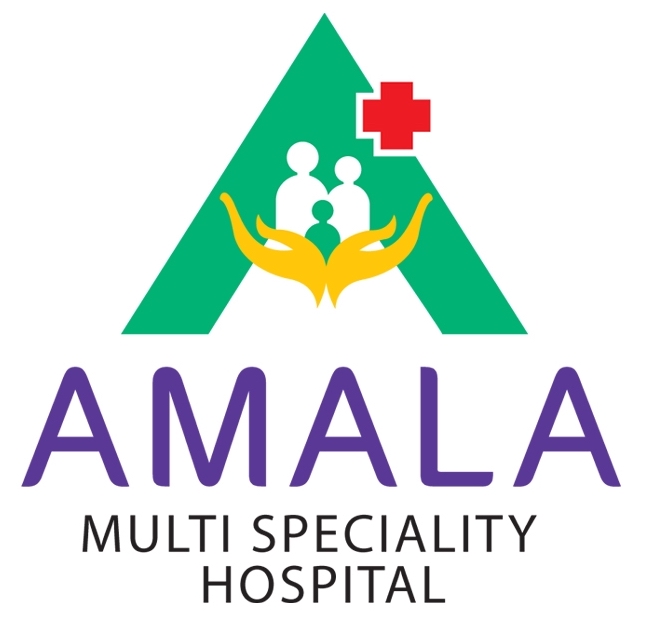Q: What is safety heart rate?
This is the heart rate that is prescribed for beginning exercises - whether a walker, runner, swimmer, or a participant in any aerobic activity. This range is usually 60% (or less) of the maximum heart rate and represents the least amount of stress you can place on your heart and still receive a beneficial exercise effect.
Q: What is resting heart rate?
Resting heart rate (Resting HR) is the number of beats in one minute when you are at complete rest. Your resting heart rate indicates your basic fitness level. The more conditioned your body, the less effort and fewer beats per minute it takes your heart to pump blood to your body at rest.
Q: What is maximum heart rate?
Maximum Heart Rate (Max HR) is the highest number of times your heart can contract in one minute. Max HR is the most useful tool to be used in determining training intensities, (if you are wanting to push yourself) because it can be individually measured or predicted.
Q: What is the anaerobic threshold?
The physiological point during exercise at which muscles start using up more oxygen than the body can transport, i.e. muscle work produces more lactic acid/lactate than the body can process. The body is in stress mode and exercise should cease until the body recovers.
Q: What is the target zone?
A target zone is a heart rate range that guides your workout by keeping your intensity level between an upper and lower heart rate limit. There are various target zones that are suggested for an individual to follow that correspond with a specific exercise goal. IE: Improved Fitness Zone 70-80% of Max Heart Rate.
Q: What is the heart rate reserve?
Heart Rate Reserve is the difference between your Maximum Heart Rate and your Resting Heart Rate. If your maximum heart rate is 196 bpm and your resting heart rate 63 bpm, your heart rate reserve is 196 bpm - 63 bpm = 133 bpm. The greater the difference, the larger your heart rate reserve and the greater your range of potential training heart rate intensities.
Q: How do I determine Morning Resting Heart Rate (MRH)?
Immediately after awakening and before you get out of bed, measure your heart rate using your heart rate monitor or from the palpitating pulse from artery, counting the beats for 30 seconds and multiplying by two. Be aware of the fact that, if your bladder is full in the morning or you didn't sleep well you might have a slightly elevated resting heart rate. Take these measurements for five consecutive days and find the average. Resting heart rate is dependent on living habits and a number of factors such as stress level, and eating habits.
Q: What is recovery heart rate?
Recovery is about noting the time it takes for the body to return to "normal" after exercise. For example, exercise for a 1/2 hour at 155bpm. Two minutes after you stop exercising, your heart rate decreases to around 95. And a further 2 minutes after that, the heart rate is back to "normal" levels, prior to exercise. It is used to evaluate your fitness level after exercise. It is good to set two minute time frames and see how well you recover. Compare this recovery heart rate between exercise sessions.
Q: What is Max VO2 heart rate?
This is the heart rate at which you hit your maximal oxygen uptake effort. On the average, you hit your Max VO2 HR at 95% of your Max HR. But again you do not have to exercise at this rate to gain benefit.
Q: What is average heart rate?
The average heart rate for the "man off the street" would be in the region of 72-78 beats per minute.
